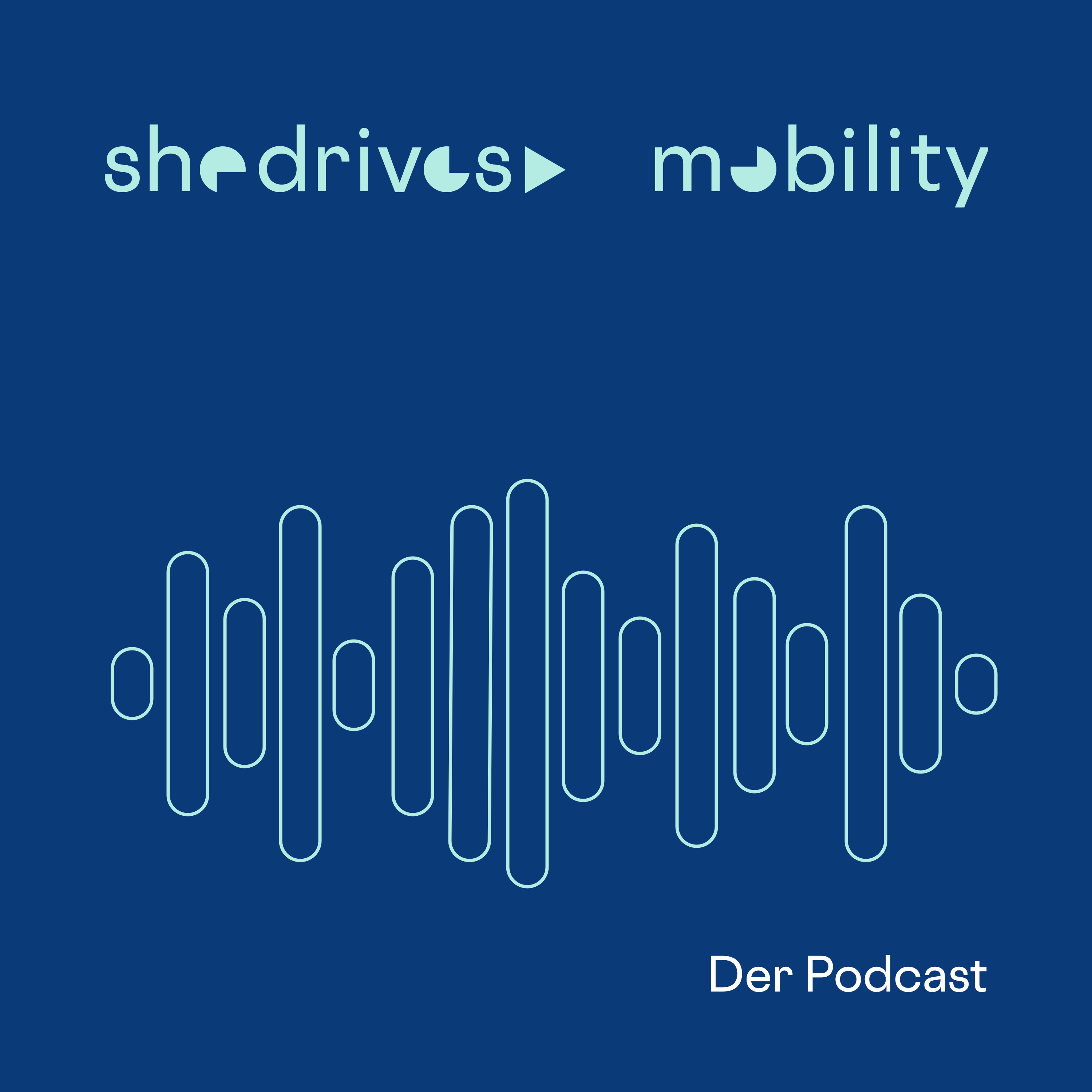- Both pull and pull measures are needed for a transformation towards sustainable mobility
- There is an „Implementation gap“: pull measures are politically preferred due to fear of low public acceptance of push measures, among other reasons.
- Mobility research and planning: focus on how to best combine different measures, but not the importance of communication
- The work is not a „how to do it“ guide, but is about working out which aspects should be taken into account with regard to public acceptance.
Conclusion and proposed solutions and suggestions:
New approach: Problematise congestion, parking, increasing number of cars and focus on structural problems (guiding principle of the car-right city) instead of problematising individual behaviour. It has greater potential to cause a critical reflection of the status quo and thus agreement that something has to change about the current situation.
These arguments are more tangible, less likely to lead to a sense of attack on oneself and the current mobility style.
Interplay of problematisation and solutions:
Initiative: reduction of private cars is the solution
Not all of the problems mentioned can be solved by reducing the number of private cars. It also requires infrastructural changes as well as societal and institutional changes.
A focus on car reduction alone therefore makes the arguments less convincing for many.
Motivational function: Vision of a liveable city
Initiative: Vision of a liveable city leads to a better quality of life
Many people understand the campaign as a conflict between car drivers and cyclists, the vision is not in the foreground (e.g. strong focus on forms of transport and comparison between bicycles and cars in the problematisation).
The frame of a liveable city is not yet an established idea in people’s minds. There is a lot of uncertainty about what a liveable city means, how mobility and quality of life are related.
Whether people understand and share the vision is one of the most important points for acceptance of restrictive measures.
On the one hand, imagination is related to experiences and their evaluations (e.g. satisfaction with parklets), but also the way of communicating the visions must appear realistic.
Rhetorical means and visual material
The term car-free should be avoided. It does not correspond to reality and creates unnecessary resistance.
Visual material: futuristic drawings convey a utopian image, pictures of real people ensure that people can identify with the goals and goals seem realistic.
Ideas (frames) that stand in the way of restrictive measures:
- Cars are an integral part of modern cities and societies.
- free choice of transport is considered a fundamental right
- economy is dependent on revenues from the car industry and related services
- Car-restrictive measures are an idea of the Green Party
- Car-reducing measures ruin retail trade
Problematisation of automobility
- Initiatives emphasise health, road safety, land use justice, environmental impact
This is of - „too familiar“ and not tangible / directly perceptible
- Aims at rational decision making
- Built on the knowledge deficit model (which does not actually exist, but is subjectively not necessarily perceived as „true“)
Strong focus on comparisons between forms of transport
- Leads to people feeling personally attacked


Schreibe einen Kommentar